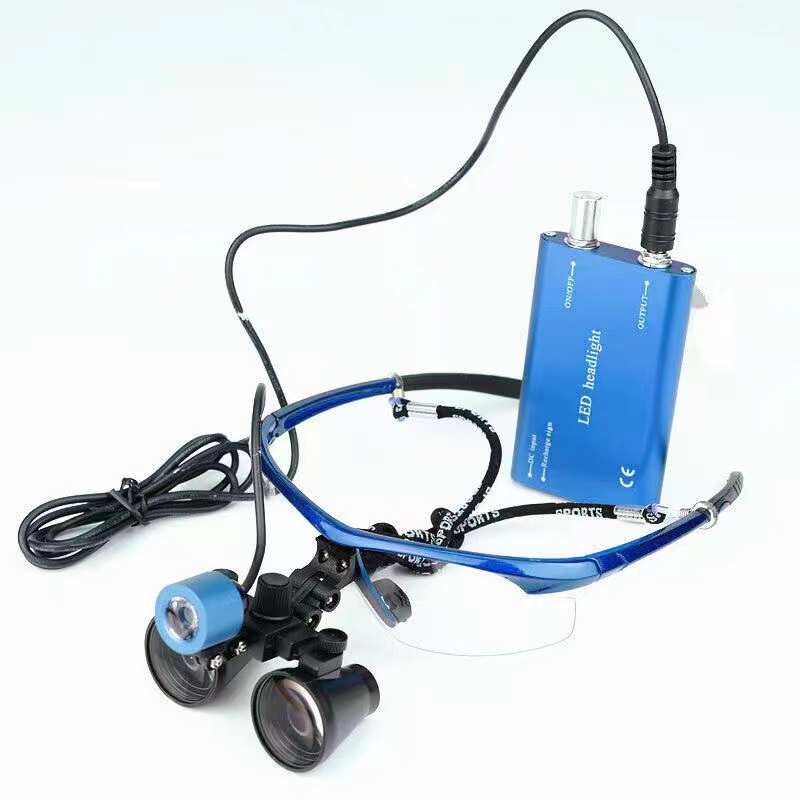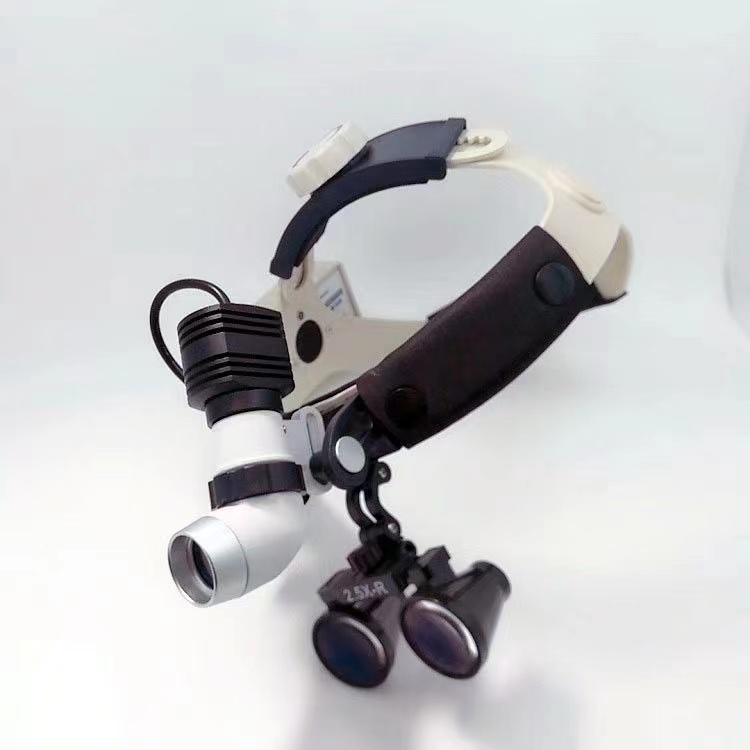A loupe is a necessary device in dental offices due to its magnification capabilities. It allows dentists and oral surgeons to view teeth, gums, and other structures more closely and accurately. Loupes can magnify up to fews times and come in various sizes and shapes.
For oral surgery, a loupe allows the dentist to precisely identify the surgery site and plan the procedure accordingly. It also enables the dentist to more accurately cut, suture, and extract diseased, decayed, or broken teeth. Additionally, a loupe allows the dentist to see the underlying bone structure and identify any potential risks or complications.
Moreover, loupes help surgeons to ensure the accuracy of their work by allowing them to accurately measure distances and angles. This is especially important for procedures such as periodontal surgery, where precision is key.
Dental loupes prices can vary greatly depending on the features and quality of the product. Prices can range from as low as $100 to as high as $2,000 and even more for high-end models. Quality is an important factor when choosing a pair of loupes, so it is important to take time to research and compare different products. Comfort is also a key consideration when selecting loupes, as you will be wearing them for long periods of time. Good loupes should have adjustable features to make sure they fit comfortably and securely while you work. When shopping, balance your budget with the magnification level, resolution, and lighting quality needed for your procedures. Getting the right balance of features and price is key.
When purchasing dental loupes, the following parameters should be considered.


- Magnification level:The magnification level of loupes typically ranges from 2.5x to 3.5x, which increases image size but reduces the depth of field and field of view.
- Working distance:The working distance, or the distance from the patient to the loupes, should be between 12 and 16 inches to reduce neck strain.
- Resolution: It is important to consider the resolution, image clarity, and sharpness of the loupes, as higher resolution is preferred.
- Depth of field: the depth of field, or the range of focus, should be taken into account, as higher magnifications can result in a narrower depth of field.
- Field of view:the field of view should be considered, as wider field of view is preferable for situational awareness.
- Frame design:the frame design of the loupes should be adjustable and lightweight to maximize comfort and fit.
- Lighting options:Loupes often include LED headlamps, so the brightness and color temperature of the light should also be taken into consideration.
Advanced dental loupes specifications:
| Specification | Value |
|---|---|
| Voltage | AC90-240V 50-60Hz |
| Input Power | ≤10VA |
| Blub Power | LED 5W |
| Color temperature | 4500±500K |
| Bulb life | 50000h |
| CRI | 80 |
| Illumination [200] | 21000Lux |
| DC charging time | 5h |
| DC power supply time | 4h |
| Load weight | 230g |
| N.W. | 470g |
| Battery capacity | 4000mA |
| Nominal voltage | 3.7V |
Conclusion
When purchasing dental loupes, the key parameters to consider are magnification level, working distance, resolution, depth of field, field of view, frame design, and lighting options.
Balance your budget with the features needed for your dental procedures. Advanced loupes provide higher magnification (2.5-3.5x), 12-16 inch working distance, sharp resolution, and good depth of field. Wider field of view improves situational awareness. Adjustable, lightweight frames maximize comfort. Bright, quality lighting ensures clear visualization.
While prices range from $100-$2000, investing in better quality often pays off long-term. Don’t sacrifice optical clarity or ergonomics to save money upfront.
With the right loupes, you can work efficiently, comfortably, and accurately.

